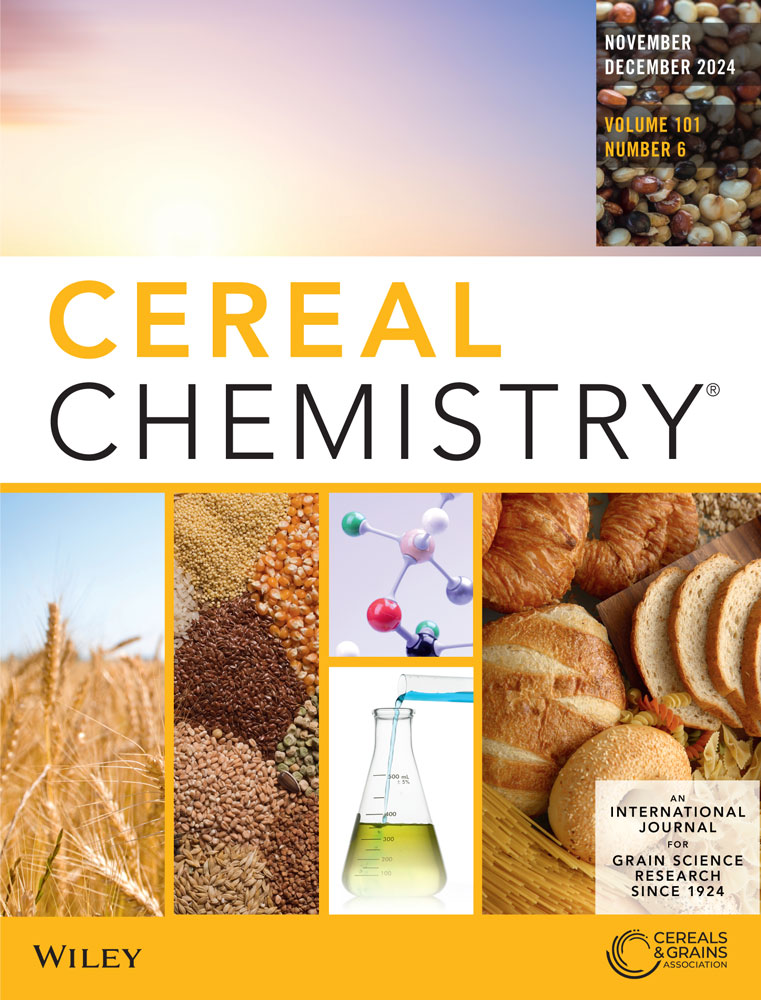Enhanced and Integrated Crop Management Improved Hard Red Winter Wheat Grain Yield and End-Use Characteristics
Abstract
Background and Objectives
Crop management, variety selection, and environment can affect wheat milling and baking quality attributes. To optimize hard red winter wheat (HRWW) production, selecting appropriate varieties and implementing effective agronomic management strategies are essential. In this study, two wheat varieties (WB4458 and WB-Grainfield) were evaluated under five management strategies (i.e., a “farmer practice” plus four treatments with consecutively increasing management intensity) across six site-years, including three locations (Hutchinson, Belleville, and Leoti, Kansas, USA) over two growing seasons (2018 and 2019 harvest years). Our objective was to investigate whether management intensification could simultaneously improve yield and milling and baking attributes of HRWW.
Findings
Yield was impacted by the interaction among year (Y), location (L), management (M), and genotype (G). The Y × L × G × M interaction impacted grain kernel quality. The Y × G × M interaction impacted dough mixing properties, and the L × G × M was significant for flour pasting parameters. Certain crop management strategies, particularly those with enhanced fertility, significantly improved end-use quality traits (e.g., bread specific volume) as compared to conventional farmer's practice. Additionally, management practices with fungicide applications increased wet gluten content and flour water absorption.
Conclusion
Our results demonstrated that end-use quality traits including kernel and flour properties, and bread-making quality are strongly influenced by genotype, field management, environment, and interactions. Implementing genotype-specific, enhanced crop management strategies can improve both HRWW's grain yield and selected end-use characteristics.
Significance and Novelty
Our findings suggest that wheat end-use quality can be greatly improved by optimizing management strategies for specific, well-characterized production environments. The research provides breeders and food scientists with valuable insights into future studies aimed at optimizing HRWW to achieve high quality in both yield and end-use.

 求助内容:
求助内容: 应助结果提醒方式:
应助结果提醒方式:


